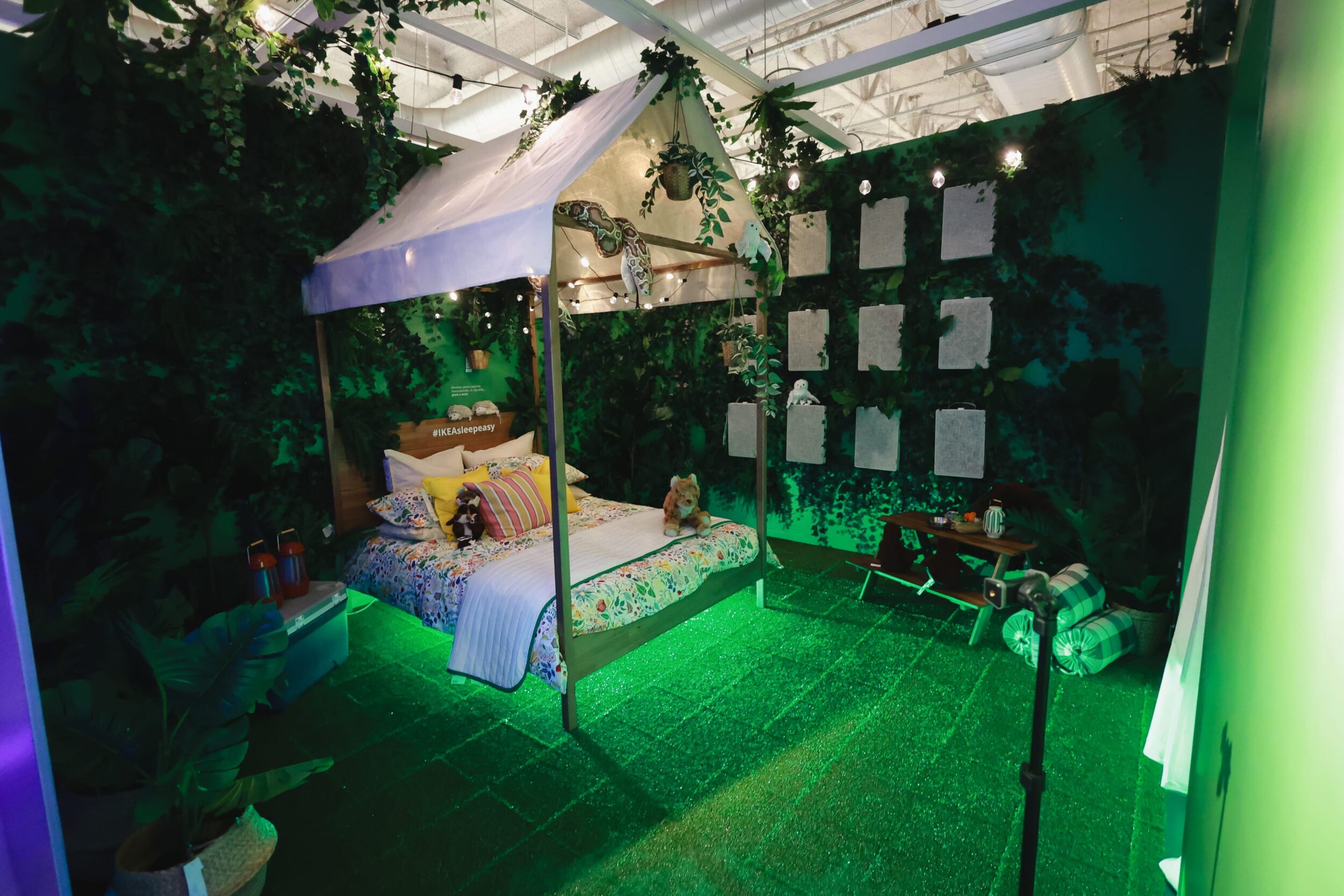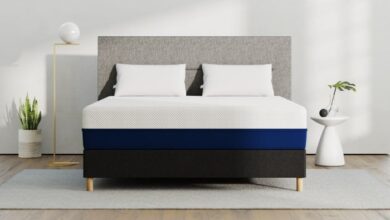Try This Scandinavian Alternative to Sleep Divorce

By Sree Roy
Before another patient asks you to weigh in on their “sleep divorce”—that is, whether they should sleep in a separate bed from their romantic partner—consider that many couples in Europe are modeling an alternative. Sometimes called the “Scandinavian sleep method,” in countries ranging from Switzerland to Germany, partners share a bed but each person uses their own twin-sized blanket.
In northern Europe, “there’s still the interest to be able to have different comfort levels, and also maybe just the simplicity of their cover not being pulled away,” says John Trollope, who has worked in six different countries for home furnishings retailer IKEA. “It also allows individuals to select warmer sleep versus cooler sleep” based on the cover’s materials. For example, IKEA classifies duvets into loosely seasonal categories, covering people who want “cool,” “light warm,” “warm,” and “extra warm” temperatures.


As core area manager of bedrooms at IKEA US, Trollope recently returned stateside. That’s how I encountered him at the largest IKEA store in North America (the 456,000 sq-ft Burbank, Calif, location) where I was previewing the IKEA Sleepeasy store display. The IKEA Sleepeasy—open to the public until Aug 17, 2025—culminates a sleep-focused year in which the retail behemoth highlights how it can help consumers with comfort, light, temperature, noise, air quality, and color/furnishings, what it has dubbed the six sleep essentials.
Do Couples Sleep Better Together?
There is conflicting data about whether sleeping with a bed partner or alone is linked to higher quality slumber. The IKEA 2025 Sleep Report, which compiles data from 55,221 people across 57 IKEA markets, reports that having a bed partner is linked to better sleep. IKEA quantified better sleep via a higher “Sleep Score,” a measure ranging from 0 to 100 calculated as the sum of five factors.1
The global average Sleep Score, as calculated by IKEA, is 63 out of 100. Perhaps surprisingly, people with a bed partner, on average, received a higher Sleep Score (65) than those sleeping solo (61). It also reports that the most common sleep positions for couples who share a bed are: no pattern (44%), back-to-back (29%), cuddling (16%), and face-to-face (12%), the latter linked to the highest Sleep Score (70) of all the positions.1
Scandinavian Sleep Method
New American Academy of Sleep Medicine data shows that nearly a third of US adults have opted for a sleep divorce this year.2 IKEA, for what it’s worth, would like to see sleep return to its historical origins as a communal activity. “At IKEA, we’re very much about the family living together,” Trollope told me.
The Scandinavian sleep method reminds us that cultural solutions to common problems often exist beyond our immediate awareness. At a fraction of the cost of a second mattress and bed frame, two individual blankets may resolve common bed partner-related sleep disruptions, while preserving the intimacy and potential sleep benefits of sharing a bed. For some patients who visit sleep practices, this alternative could make sleep divorce unnecessary.




We recommend for you:
References
1. IKEA Sleep Report 2025. Available at https://www.ikea.com/global/en/our-business/reports/sleep-report-2025-250210
2. American Academy of Sleep Medicine. Sleep Priorization Survey 2025. Available at https://aasm.org/wp-content/uploads/2025/07/sleep-prioritization-survey-2025-adjusting-your-sleep-routine.pdf


